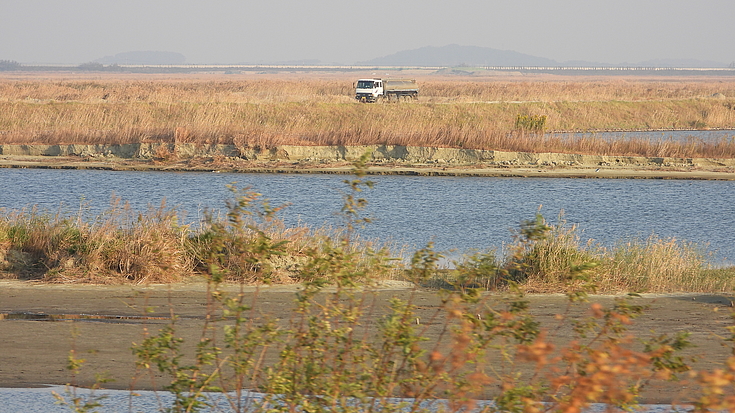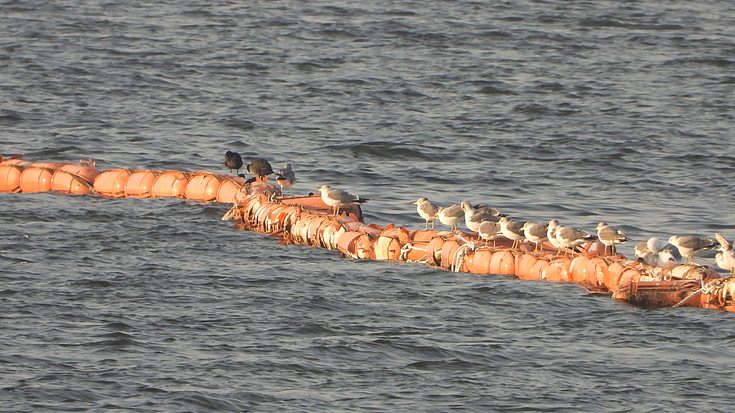Publication
The revenge of the tidal flats

The World Scout Jamboree venue suffered from a lack of greenery, mosquito infestations and inadequate sanitation. The incident at the jamboree raises questions about Korea's bid for the Busan World Expo because it underscores the importance of wise and sustainable use of tidal flats. Dr. Seliger emphasizes that these can be protected without prohibiting human activities. Sustainable fishing, low-impact tourism, and other forms of livelihoods could be consistent with preserving these fragile ecosystems.

Saemangeum was once a significant tidal flat that has been heavily altered by large-scale land reclamation. The land was initially claimed for agricultural purposes in the 1980s, although the need for this diminished over time. Nevertheless, the project continued for political reasons, resulting in serious environmental degradation. Dr. Seliger proposes that Saemangeum be developed as a renaturalized area instead of being used for industrial purposes. This would not only help restore the environment, but also lead to preventing future disasters like the one at the Jamboree. However, he said, this debacle could serve as a wake-up call to adopt a new policy of "wise use" to protect the environment.
※ The mudflats were discussed for farmland purposes in the 1980s, and reclamation began in the 1990s. Reference
Here you can find the whole article.
